#李莲花
Explore tagged Tumblr posts
Text








Di Feisheng x Li Lianhua + Text posts – part 2
[part 1]
#dihua#mysterious lotus casebook#cdramasource#cdramaedit#feihua#li lianhua#di feisheng#text post edit#dihua text posts#莲花楼#李莲花#笛飞声#LM's gifs#I made a thing
462 notes
·
View notes
Text
Reminder to MLC Lian Hua Lou fans:
Shenyi: "miracle doctor." Applies only to Li Lianhua because of his reputation.
Daifu: "doctor." People would call Li Lianhua "Li-daifu" when seeking his services.
Yisheng: "doctor," but in modern contexts, so you can use it in your modern AUs.
Xiansheng: "mister" (sometimes "teacher") "Li-xiansheng" is what most people would call him, including Fang Duobing's mom.
Mengzhu: *Alliance* leader. "Meng" means "alliance." Hence Di Feisheng being the leader of the Jinyuan Alliance. Di Feisheng would be "Di-mengzhu."
Menzhu: *Sect* leader. "Men" means "sect" (same character as "gate"). Li Xiangyi is the leader of Sigu Sect. Li Xiangyi would be "Li-menzhu."
Incorrect spellings I've seen in the fandom: - Li-mengzhu - Di-menzhu - Li-shengyi
#lhl#mlc#mysterious lotus casebook#lian hua lou#fanfic#wuxia#cdrama#li lianhua#li xiangyi#di feisheng#fang duobing#he xiaohui#tears falling like peridots#莲花楼#李莲花#李相夷#笛飞声#fdb#llh#lxy#dfs#方多病#kind of wanna mention that daifu is technically still a thing in modern day but tbh just go with yisheng
160 notes
·
View notes
Text

He’s dead btw
#lhl#mlc#llh#lxy#lian hua lou#auspicious pattern lotus house#mysterious lotus casebook#li lianhua#li xiangyi#莲花楼#李莲花#李相夷#just finished the show…#bro what#WHAT IS THIS ENDING#this guy is so bbg he’s such a princess#but also a gremlin#i love him sm#just a quick sketch#ig u could call it a doodle
75 notes
·
View notes
Text
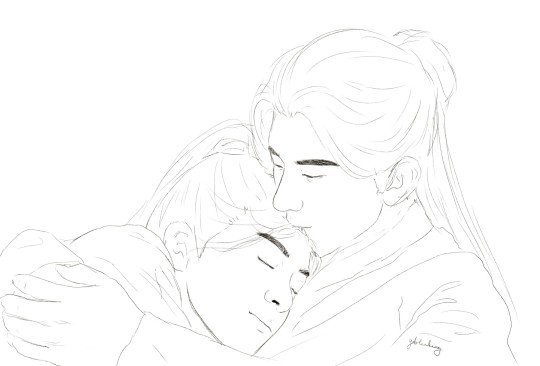
Sweet dreams, Xiaobao
#mysterious lotus casebook#mlcb#莲花楼#李莲花#方多病#方花#花方#li lianhua#fang duobing#fanghua#huafang#huafanghua#im so so so so so so incredibly normal about them i swear#my art
146 notes
·
View notes
Text

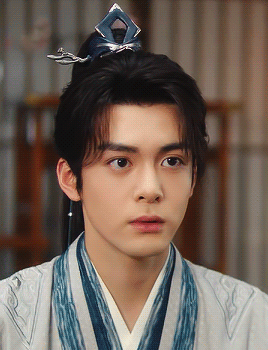
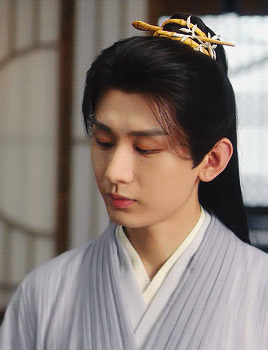









Mysterious Lotus Casebook Ep 28
When Mom is trying to fix your relationship problems by inviting your (boy)friend over, do not talk back or your (boy)friend will laugh at you.
#cdramaedit#cdramasource#li lianhua#fang duobing#mysterious lotus casebook#成毅#李莲花#莲花楼#方多病#曾舜晞#lian hua lou#lianhualouedit#mysteriouslotuscasebookedit#cdrama#this ear pull is so classic and llh's little smile at the end is so perfect
272 notes
·
View notes
Text

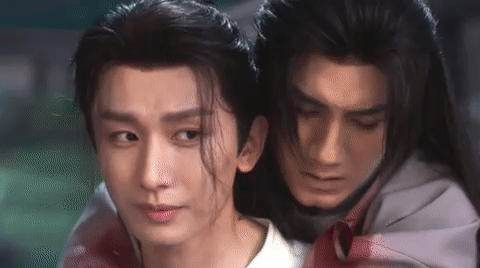
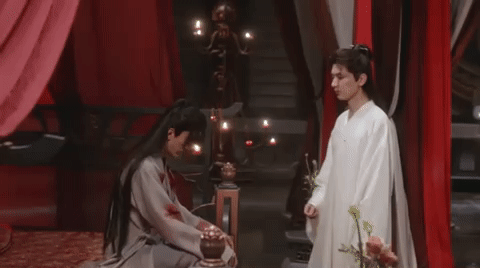
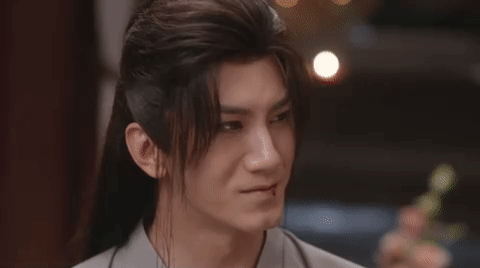
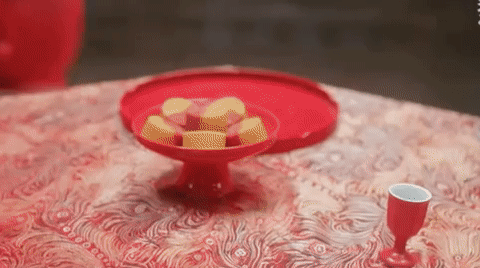
#mysterious lotus casebook#di feng sheng#li lianhua#li xiangyi#my gifs#cheng yi#xiao shunyao#莲花楼#李莲花#the idea of li Lianhua carrying him on his back and Di Feng Sheng being cute was too much#the fact this is airing on cctv8 in China I’m highly amused#cdrama#if this was an au date night scenario where di FengSheng gets too drunk and Li Lianhua has to carry him#home but then has to stop to get snacks because munchies
197 notes
·
View notes
Text

Doodling Li Lianhua from Mysterious Lotus Casebook Trying to branch out with a more textured painting style. Really enjoying this cdrama rn~ :3c
30 notes
·
View notes
Text
So would December 27th be the anniversary of Li Xiangyi's and Di Feisheng's death battle and their nuptials and hours of newlywed pavilion shenanigans, or would it be January 27th (factoring in the lunar year)?
I would like to know when to commemorate Feihua Day?
#they are married now#Jiao Liqiao actually set it up to where her enemy#Li Xiangyi#would marry her obsession#Di Feisheng#hilarious irony right there#mysterious lotus casebook#Li Lianhua#Feihua#莲花楼#李莲花#笛飞声#Ep 38 is officially my favorite episode
10 notes
·
View notes
Text
(ಥ﹏ಥ)





"Let me ask you, where is your birthplace? How many people are there in your family? What are your hobbies?" "Truth be told, I have an older brother called Li Lianpeng. I'm from Lotus Village of Lotus Town of Lotus Mount. My fiancée ran away with someone else. I have no ambition. My only hobbies are drinking tea, fishing, and gardening."
189 notes
·
View notes
Text

"Clingy" Lao Di
Artist: 40mKNIFE on weibo; reposted with credit and source link as requested.
#dihua fanart#mysterious lotus casebook#artist: 40mKNIFE on weibo#di feisheng#li lianhua#feihua#莲花楼#笛飞声#李莲花
431 notes
·
View notes
Text
Ficlet:
Di Feisheng and Fang Duobing outlive Li Lianhua by decades. On the twentieth anniversary of the day he finally succumbed to the bicha poison, Di Feisheng and Fang Duobing park the Lianhua Lou by the East Sea to visit his grave.
They are about to leave when the ocean mist clears, and they see smoke in the distance. Perhaps a raided village? Judging by how thin it is, it has been burning for some time. Di Feisheng and Fang Duobing are not as spry as they used to be -- gray streaks in their hair -- but they are prepared to investigate when they hear a cry.
The current washes up a baby in a basket, like an offering to them both. Fang Duobing rushes to pick it up, and when they finally make it to the village, they find that a local family has been massacred, their manor burned to ashes.
They raise the child as Li Anle, but call him Xiaohua or Huahua as a nickname. For the child is precocious as he grows, taking to martial arts as if he was born to carry a sword. When Di Feisheng first teaches him to spar, he rams the wooden sword into his chest as if he could see the spot where his scar is. When Fang Duobing brings home a dog, Huahua insists on a list of increasingly outrageous names, beginning with Qilin and ending on Hulijing.
The first time Xiaohua hears Di Feisheng call Fang Duobing by his milk name, he giggles and sings out "Fang Xiaobao!" the rest of the day, careless and unfilial. Fang Duobing does not have the heart to chastise him. And when Xiaohua begins dueling with the neighbors, he always uses his winnings to make Di Feisheng chicken legs for dinner. They try to convince themselves that it's because they miss their friend, that they're old and sentimental, but they're terrible liars, even to themselves. So they watch the child skip rocks along the East Sea, and when he turns around, they catch the sharp and clever glance of someone who did not merely wither into the earth, but like a lotus, transformed.
#this all happened because i keep seeing fics where xiaobao is the kid taken care of dihua as parents and i was like WOULDN'T IT BE FUNNY IF#but then it became sad#uno reverse huahua gets to be the xiaobao now#the anle is a reference to llh's favorite poem#'i don't desire riches for peace (anle) is king'#anle is made up of the words for peace and joy#ficlet#lian hua lou#mysterious lotus casebook#mlc#lhl#difanghua#difang#di feisheng#fang duobing#fang xiaobao#li lianhua#li xiangyi#llh#lxy#fdb#tears falling like peridots#莲花楼#李莲花#李相夷#方多病#方小宝#笛飞声#狐狸精#fanfic
116 notes
·
View notes
Note
ooh ooh ooh! Another doodle idea: Fang Duobing braiding/styling Li Lianhua's hair 🤭




Fangfei became besties that day 😌
#mlc#llh#fdb#dfs#mysterious lotus casebook#li lianhua#fang duobing#di feisheng#莲花楼#李莲花#方多病#笛飞声#they are very silly to me#they really are#i love them sm#i hope u like this op! thank you again for dropping by my ask inbox hehe#asks
17 notes
·
View notes
Text
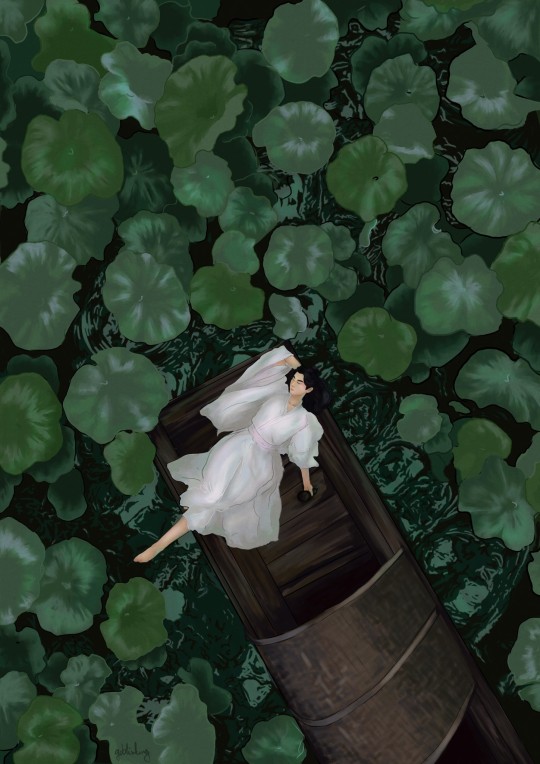
A single lotus chilling in his pond
#yes the ref is from douyin what do you want from me#llh leg is something that's so personal to me#li lianhua#mysterious lotus casebook#mlcb#莲花楼#李莲花#fdb is there somewhere i promise#he's hiding in in the leaves#my art#li xiangyi#李相夷#mlc
138 notes
·
View notes
Text




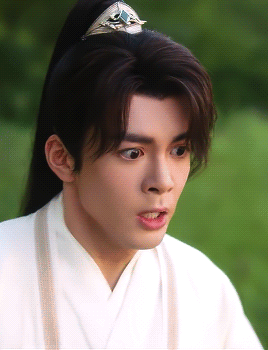



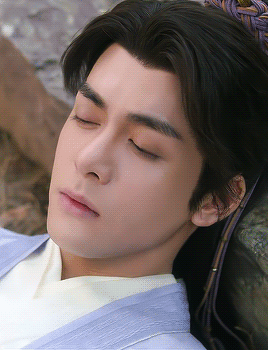


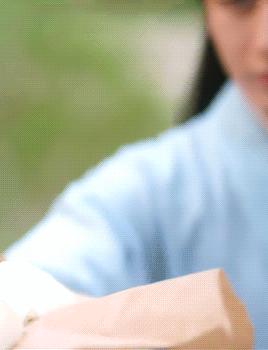
Three Times Fang Duobing was Abandoned and the One Time He Was Not
Mysterious Lotus Casebook (莲花楼)
Eps 3, 5, and 13.
#mysterious lotus casebook#莲花楼#fang duobing#li lianhua#li xiangyi#方多病#李莲花#李相夷#cdramaedit#cdrama#lhl#haoppo gifs
335 notes
·
View notes
Text

green robe in night rain
#li lianhua#李莲花#mysterious lotus casebook#lian hua lou#莲花楼#thank you iqiyi eng subs team for choosing to translate that colour as green. my brain worms are Thriving#thinking about fdb naming his first swordplay technique after the mental image of llh in the rain at night. going insane. u know how it is#vayne's art tag
51 notes
·
View notes
Text
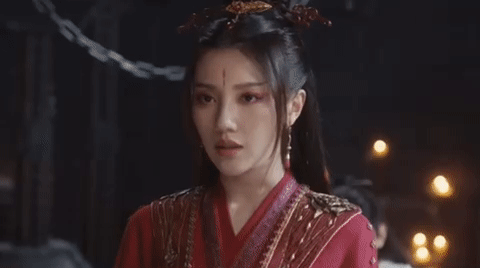

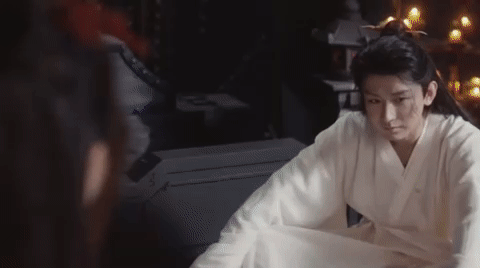


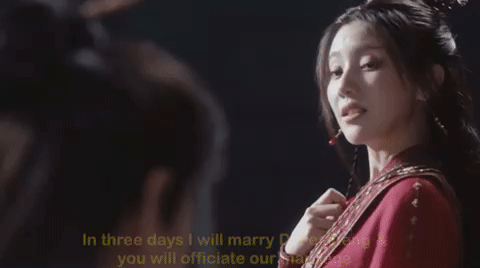
A favorite scene in Mysterious Lotus Casebook [Episode 38]
#i love this scene so much it’s so good#my gifs#mysterious lotus casebook#li lianhua#li xiangyi#jiao li qiao#cheng yi#wang herun#does she want di feisheng and li xiangyi to both be empresses xD#when she says 那些男人能做的事 。。。我为什么不行?#I’m glad i rewatched this episode because holy smokes…don’t be jealous …who would Li XiangYi be jealous of? her right? ofc gdi 中国#李莲花#成毅#it cracks me up every time i adore her she’s so fun#莲花楼#cdramaedit#why does she not so secretly acknowledge the ship of feihua as well this show is bonkers xD#cdrama
99 notes
·
View notes